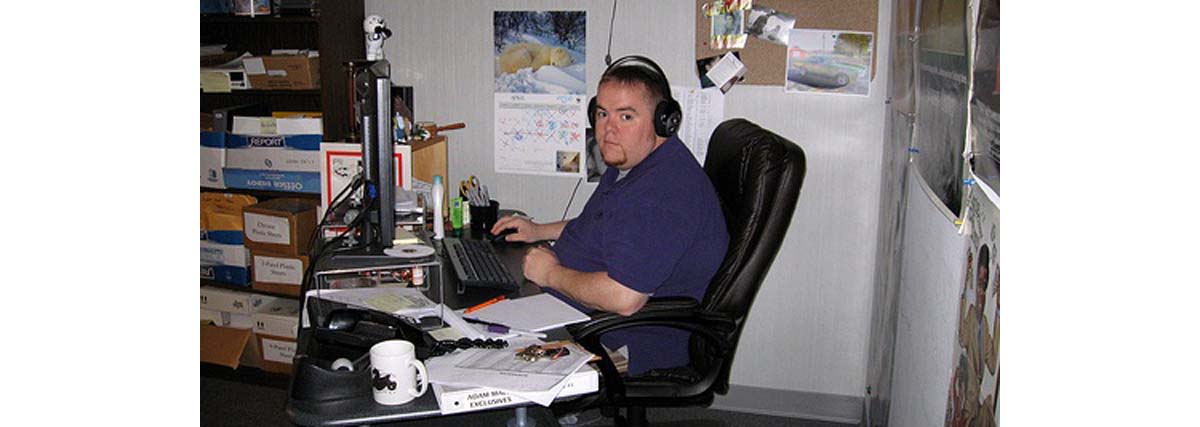Table of Contents
Sitting all day at your desk or hanging out of the couch at home have proven to have a serious effect on human health. How can you change that all around without changing your life?
There are a several steps you can take to counteract the health risks associated with sitting for several hours each day (or even most of the day). Let's take a look at the ways in which you can improve your health — which isn't just good in the long run, but can also help you feel better in the present.

Stand At least every hour
Get up and stretch or even just take a few steps around every hour. This is a great way to keep things moving, and to break up your day. Stand at your desk if you can, or, take a minute to walk around the office to see a co-worker, visit the copy machine or go get a drink of water. Whatever it might be, find an excuse to get up and move. This helps your body break the pattern.
Get a pedometer
A healthy person should walk 10,000 steps each day to maintain good health. You'll be amazed to find out how well or poorly you might be doing. Many are shocked to find out, after buying a pedometer to track their steps, how few they actually take. Many of us only ever walk around the house, to the car and to the office desk. This leads to as little as 2000 steps per day; far from what we need. Even though you may not have time for a walk, there are other ways to counterbalance the amount of sitting you do in a day.
Here are some ways to get more steps in without losing much time:
- Walk to the printer
- Take the stairs to your office
- Park farther away in the parking lot rather than the closest spot to the mall, grocery store, office, and anywhere else you have to drive to.
- Remember that every step counts, and taking the long way to the washroom, copy room and lunch room at work all add up!
Get 30 minutes of Activity
The daily recommendation for activity is a minimum of 30 minutes per day. This is not a lot, but it may confuse some who are not sure what moderate activity is. Its not running on a treadmill, or even pumping weights.
30 Minutes of moderate physical activity can be anything from tough house work to working in the garden, briskly walking, and more. Moderate activity can be really easy once you get used to doing it everyday. Anything beyond this intensity of physical activity is known as high intensity. High intensity activity includes running, long jogs, climbing hills, hiking, lifting weights, playing basketball or soccer, and more. The more you can do, the better!
30 Minutes of moderate physical activity can be anything from tough house work to working in the garden, briskly walking, and more. Moderate activity can be really easy once you get used to doing it everyday. Anything beyond this intensity of physical activity is known as high intensity. High intensity activity includes running, long jogs, climbing hills, hiking, lifting weights, playing basketball or soccer, and more. The more you can do, the better!
Break it Up!
Even better news is that you can break up your activity into two or even three segments which add up to 30 minutes each day. This can be 10 minutes in the morning, 10 minutes on your lunch break, and ten minutes on the way home, or in the evening.
If you take public transportation to work, think about walking further to a different stop and getting off early on the way home. Taking the extra few minutes won't make a huge dent in your day, saving you time in the long-run.
Once you become active and start breaking up your bouts of sitting, you may start to feel a little better about yourself, not to mention, feel more alert and energized. People were not built to sit all day long; to take back your health and reduce the risks associated with sitting for hours at a time, remember to break up your day, walk a little more, and track your activities.
If you take public transportation to work, think about walking further to a different stop and getting off early on the way home. Taking the extra few minutes won't make a huge dent in your day, saving you time in the long-run.
Once you become active and start breaking up your bouts of sitting, you may start to feel a little better about yourself, not to mention, feel more alert and energized. People were not built to sit all day long; to take back your health and reduce the risks associated with sitting for hours at a time, remember to break up your day, walk a little more, and track your activities.
- “How Sitting all Day is Damaging your Body and How You Can Counteract It” By Thorin Klasowski. Published January 2012. Accessed April 2012. Retrieved from: http://lifehacker.com/5879536/how-sitting-all-day-is-damaging-your-body-and-how-you-can-counteract-it
- Photo courtesy of derek_ on Flickr: www.flickr.com/photos/derek_/389351357
- Photo courtesy of joanna8555 on Flickr: www.flickr.com/photos/joanna8555/4931918501

